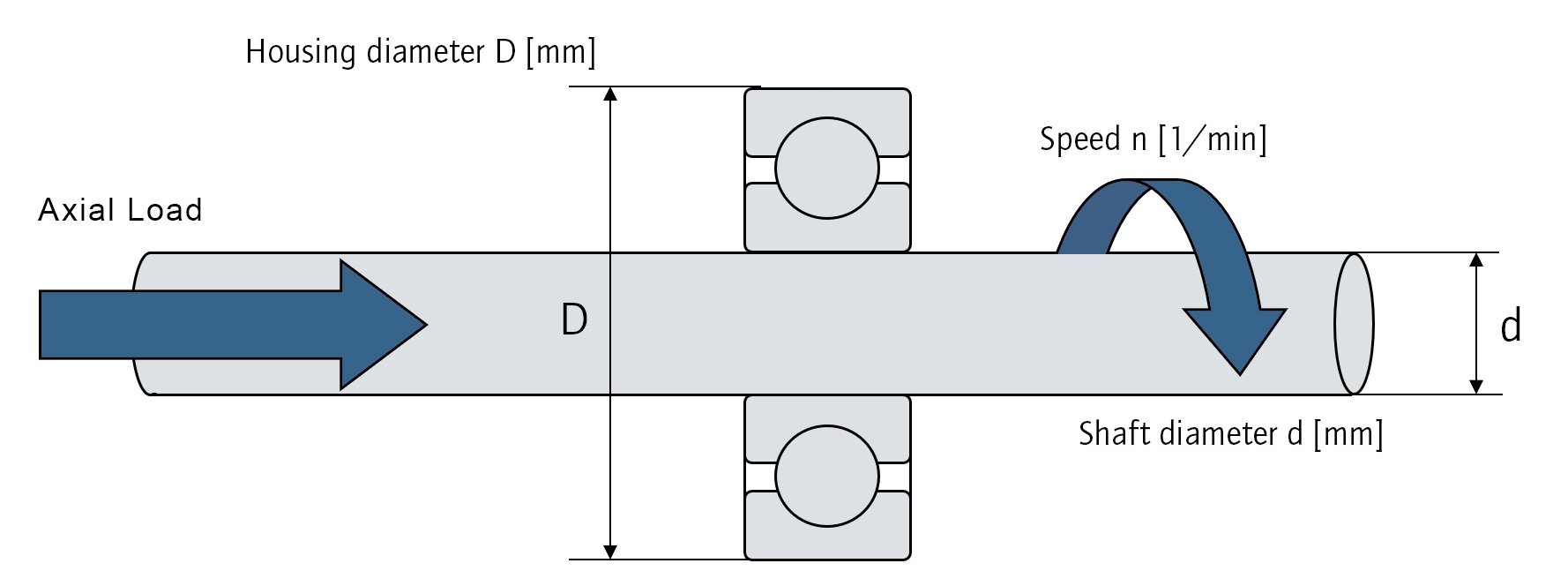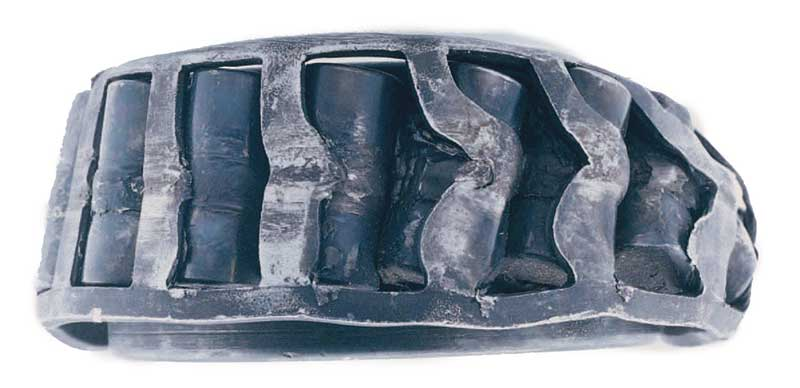Understanding Bearing Axial Load
Understanding bearing axial load is crucial for ensuring the proper functioning and longevity of mechanical systems that utilize bearings. This article delves into the intricacies of bearing axial load, its impact on system performance, and best practices for its management.
What is Bearing Axial Load?
Bearing axial load is a force applied parallel to the axis of a bearing or mechanical component. It plays a crucial role in the overall operation of the system in which the bearing is used, directly affecting its performance and efficiency.
The direction of the axial load determines how the bearing distributes this force, and hence, the subsequent reaction within the system. Whether the axial load is directed towards the center or away from it, it will significantly influence the bearing's reaction and potentially its wear pattern.
Mismanagement of these loads can lead to a range of adverse effects, including accelerated wear, decreased efficiency, and even system failure. Therefore, comprehending axial load and its correct handling is critical for bearing applications.

Factors Affecting Bearing Axial Load
External factors greatly impact a bearing's axial load, including:
- Applied Forces: Gravity and operational forces from machinery use affect axial load.
- Operating Conditions: Environments with extreme temperatures, high speeds, or contaminants increase axial load.
- Vibration and Shock: High-impact conditions, prevalent in industries like construction or mining, add to axial load.
- Misalignment: System irregularities contribute additional axial loads.
- Load Direction and Magnitude: The bearing axial load directly correlates with the direction and size of the system's load.
Internal factors that influence a bearing's axial load capacity include:
- Design and Geometry: The bearing's shape, size, and rolling elements configuration can greatly impact its axial load handling abilities.
- Material Properties: The quality of the bearing material affects its load capacity and lifespan. Hardness, toughness, and fatigue strength are particularly crucial.
- Lubrication: Proper lubrication reduces friction, enabling the bearing to handle higher loads. The lubricant type and quality are significant factors.
- Load Ratings: A bearing's specified static and dynamic load ratings determine the maximum loads it can handle without damage.
- Temperature: High operating temperatures can alter lubricants and the bearing material itself, affecting the bearing's load capacity.
Calculating and Determining Axial Load
Calculating and determining axial load in a bearing involves a series of careful steps that ensure accurate results. Here is a step-by-step guide:
- Grasp Principles of Axial Load Calculation: In essence, the axial load is the force administered in the direction parallel to the bearing's axis. The calculation of this load considers all forces acting along this axis.
- Recognize Applied Forces: Identify forces acting on the bearing system from components' weight, operational forces, and any external factors.
- Analyze Load Distribution: Understand how the load is divided among the bearings based on the system's design and the forces involved.
- Determine Load Direction: Ascertain the direction of axial loads as they act parallel to the bearing's axis.
- Calculate the Load: Use the principle of equilibrium (∑F = 0) to compute the net axial load by adding forces parallel to the bearing axis.
If the axial load is generated by a known force acting in the direction parallel to the bearing axis, the axial load will be equal to that force. If the force is not parallel to the bearing axis, the axial load is usually the component of the force vector that lies along the axis of the bearing. This can be calculated using trigonometry if the angle between the force vector and the bearing axis is known.
In more complex systems, particularly those involving multiple bearings and/or forces in different directions, the axial load on each bearing is typically calculated using principles of statics and dynamics, which involve setting up and solving systems of equations based on force and moment balance conditions.
In many practical cases, engineers use software tools, such as finite element analysis (FEA) programs, to calculate the axial load on a bearing, especially in complex systems where multiple forces, moments, and deformations have to be taken into account simultaneously, like those found in wind turbines or industrial machinery.
Managing and Controlling Bearing Axial Load
Effectively managing and controlling bearing axial load involves several crucial steps:
- Proper Bearing Selection: Choose bearings based on axial load requirements. Options like tapered roller bearings, angular contact ball bearings, and thrust ball bearings are designed to handle significant axial loads.
- Matching Load Ratings: Ensure the bearing's static and dynamic load capacities align with application demands.
- Preloading Techniques: Apply an initial load to increase assembly rigidity and control displacement. Preloading techniques include constant pressure and constant position.
- Use of Specific Bearing Types: Employ thrust bearings and angular contact bearings to handle axial loads. They effectively manage and control axial loads in specific applications.
- Mounting and Adjustments: Proper mounting and regular adjustments are key to optimal load distribution, especially in systems subject to variable loads or operating conditions.
- Reducing Axial Loads: Use multiple bearings or design the system for distributed load to mitigate axial load.
Effects of Improper Axial Load Management
The repercussions of excessive or insufficient axial loads can severely undermine a bearing's performance. Overloading can lead to fatigue, premature failure, increased friction, and excessive heat. Conversely, underloading can compromise the bearing's performance and load-carrying capacity, causing instability and excessive axial movement.

Bearing Failure Due to Overloading
Best Practices for Handling Bearing Axial Load
Implementing regular monitoring and maintenance of bearing systems is a key practice for managing axial loads. Adherence to manufacturer guidelines concerning load ratings and limits is vital. Furthermore, environmental factors that can affect axial load, such as temperature variations, contaminants and lubrication conditions, should be taken into account.
Conclusion
Understanding and effectively managing bearing axial loads is critical to ensuring the optimal performance and longevity of bearing applications. At LILY Bearing, we are committed to providing in-depth knowledge, high-quality products, and top-tier customer service to help our clients navigate this important aspect of bearing management. Our dedication to excellence ensures that with us, your bearings are always in good hands.
Keep Learning








